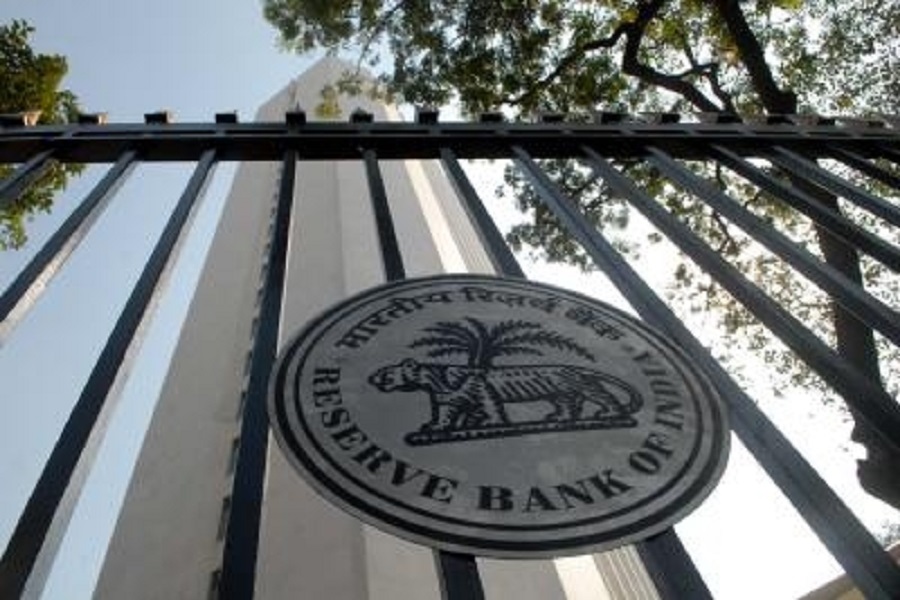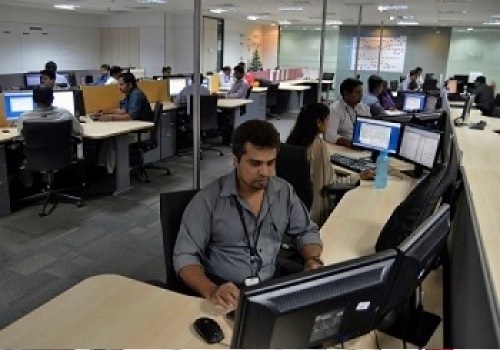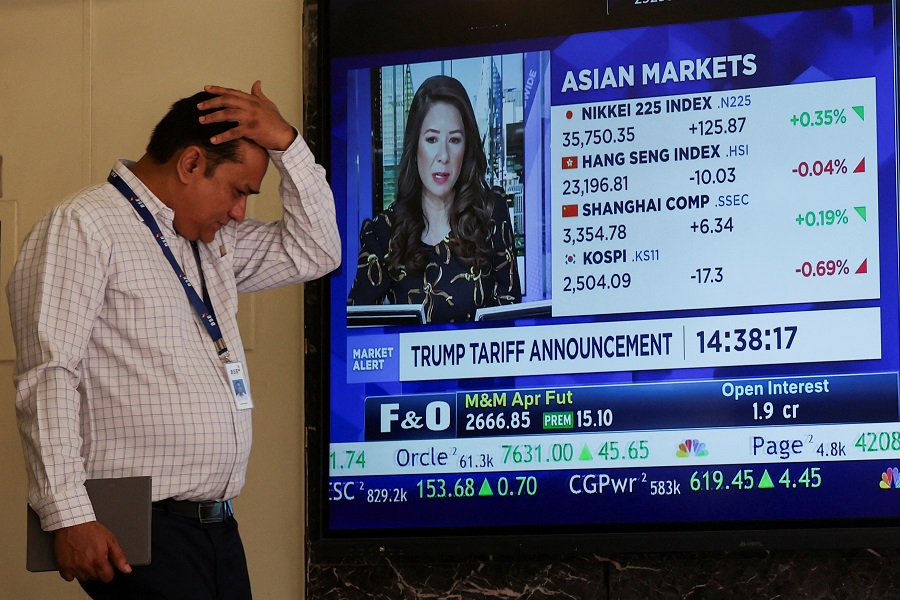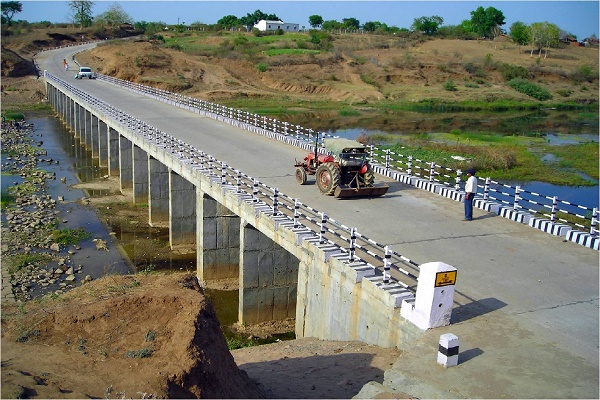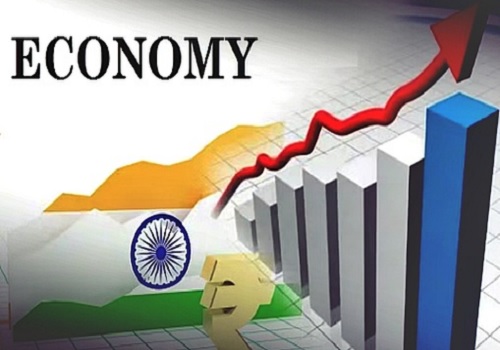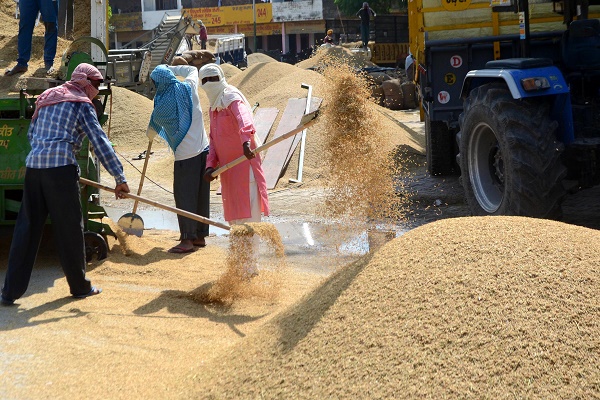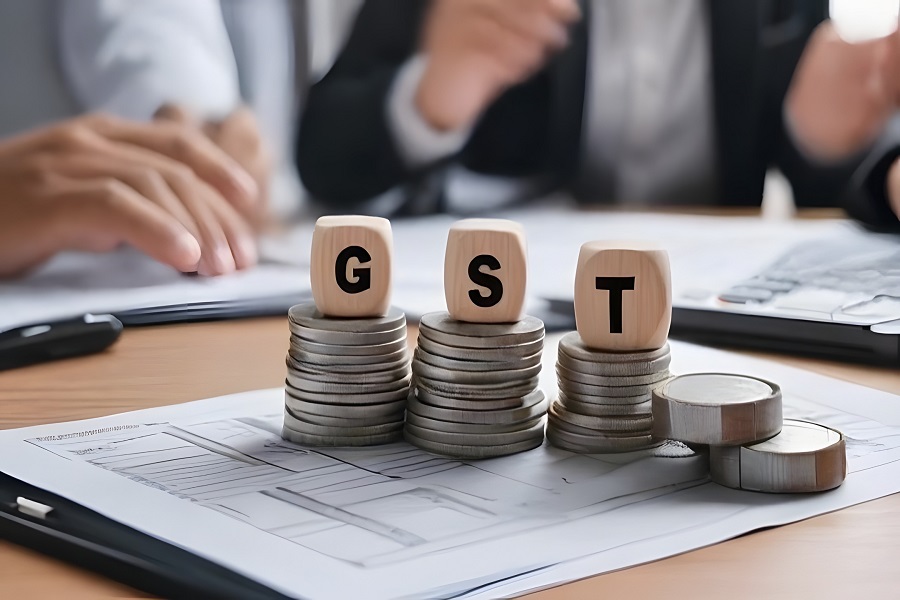Normal monsoons, low inflation & tax cuts to boost demand: PL Capital

PL Capital, one of the most trusted financial services organisations in India, in its latest India Strategy Report stated that Indian markets, which had been under pressure in recent months due to FII selling, have staged a sharp recovery, delivering a 10% return on the NIFTY over the past six weeks. Q4FY25 results so far have exceeded expectations, with EBITDA and PBT (excluding Oil & Gas) surpassing estimates by 5.1% and 9.2%, respectively.
Consumer demand has remained subdued over the past few quarters. Although rural demand picked up following last year’s monsoon, urban demand faced several headwinds — including elections, extreme heat, prolonged monsoons, and a spike in food inflation in September. That said, early signs of recovery are emerging in urban consumption, with a gradual but sustained improvement expected in the coming quarters.
In FY25, agricultural production has recorded a growth of 6.8% in Kharif crops and around 3% in Rabi crops. Wheat procurement has reached 29.5 million tonnes, already exceeding last year’s 26 million tonnes—a development that will significantly enhance the government’s ability to control wheat prices during the off-season. Additionally, water reservoir levels in May are 22% higher compared to the same period last year. A normal monsoon is expected to sustain elevated water tables, which will positively impact the next Rabi crop as well.

The report further cited that “Operation Sindoor” has showcased a transformative application of advanced air warfare, missile systems, and drone technology, reinforcing the strategic importance of the “Make in India” initiative. As global powers seek to expand their footprint in Southeast Asia, geopolitical uncertainties are expected to intensify. In response to these shifting global dynamics, India will need to significantly ramp up investments in military hardware, space technology, drones, air defence systems, aircraft carriers, smart grids, and power infrastructure. Additionally, the suspension of the Indus Water Treaty is likely to unlock new opportunities across EPC, pumped storage projects (PSPs), and hydroelectric equipment.
Budget tax cuts to start reflecting in improved demand: The FY26 budget proposed a reduction in personal income tax rates, and its benefits are now beginning to reach residents. With a favourable base for the next two quarters—given that demand was subdued last year due to elections, severe heatwaves, and a lacklustre wedding season in H1FY25—PL Capital anticipates a pickup in consumption. The combined impact of low inflation, falling interest rates, and a normal monsoon is expected to further support this recovery. Considering the tax cut’s estimated multiplier effect of 2.5x, the resulting demand boost could be around ?2,500 billion (USD 30 billion).
While all consumption segments are likely to benefit, the impact will be more significant among individuals earning ?1 million annually or more, driving stronger discretionary spending. Though daily-use staples are expected to see moderate growth, the larger upside is likely in Travel, Consumer Durables, QSR, Apparel, Automobiles, Building Materials, and Personal Accessories, including Jewellery.
Geopolitical dynamics to boost “Make in India”
PL Capital believes geopolitical complexities are on the rise and are likely to intensify in the near future. While the Middle East has long been a region of fragile stability, Southeast Asia now finds itself on the brink of disruption. The growing involvement of global powers in India’s neighbourhood is expected to heighten tensions across various fronts, potentially reshaping existing alliances, triggering economic volatility, and increasing the risks of conflict, terrorism, and regional instability. Recent developments surrounding Operation Sindoor mark a significant step in India’s emergence as a global military power. However, this also underscores the urgent need for India to accelerate its technological advancement and economic growth in response to these shifting geopolitical dynamics. PL Capital believes Operation Sindoor could have far-reaching implications for India’s economic trajectory and growth paradigm.
Hydroelectric/PSP projects to get boost: Abeyance of Indus water treaty will enable India to increase the water storage and dam heights in basins related to Jhelum and Chenab. This will open huge scope for hydro- electric and PSP projects.
* Pakal Dul (1000MW) and Kiru (540 MW) projects are at an advanced stage with expected completion in CY2026.
* Parnai, Kwar (624MW) and Ratle (850MW) dams are expected to be commissioned in 2027 and 2028.
J&K has potential of more than 20GW of Hydroelectric and PSP projects out of which not even 30% is being exploited as of now. Increase in India’s share of these river waters will provide growth opportunities for EPC and equipment players.
India to invest in future ready defence technologies - Recent experience during operation Sindoor suggests a far-reaching change in India’s defence planning in future.
Drones, Missiles and UAV - Recent Indo Pak war was one of the game changers globally where the use of Drones, Missiles and precision strikes was at its best. PL Capital expects significantly higher investments in drones, missiles and UAV’s as they will be most critical part of modern warfare.
Air defence systems - Operation Sindoor has re-emphasized the importance of air defence systems. PL capital expects significant increase in allocation for Air defence systems, Radars and development of indigenous Air warning systems. Increase in defence spending with focus on missile technology, drones, fighter aircraft, aircraft carriers and destroyers
Power and smart Grid and Infra - War time tactics involve use of smart power infra, grids and systems to enforce blackouts and manage grids electronically from remote locations. PL Capital expects increased emphasis on smart grids and higher investments in power transmission Infra.
The stage is set for a domestic demand revival, supported by the lowest food inflation (1.78%) since November 2021 and the lowest CPI (3.16%) since August 2019. Strong Kharif and Rabi crop outputs in FY25 (with growth of 6.8% and over 3%, respectively), a normal monsoon forecast (106% of LPA), and the impact of tax cuts further strengthen the outlook. Sectors likely to benefit include Auto, Hotels, Airlines, Consumer Durables/Electronics, QSR, Apparel, Footwear, Building Materials, Household Goods, Paints, and AMCs. Additionally, Capital Goods, Defence, Hospitals, Pharma, EMS, Travel, and Telecom continue to show strong potential.
High Conviction Picks: PL Capital is removing Bharat Electronics, Cipla, Maruti Suzuki, Aster DM Healthcare and Kaynes Technology India from the conviction picks and have added Sun Pharmaceutical Industries, Rainbow Children’s Medicare and Hindustan Aeronautics in conviction picks.
Above views are of the author and not of the website kindly read disclaimer




.jpg)



